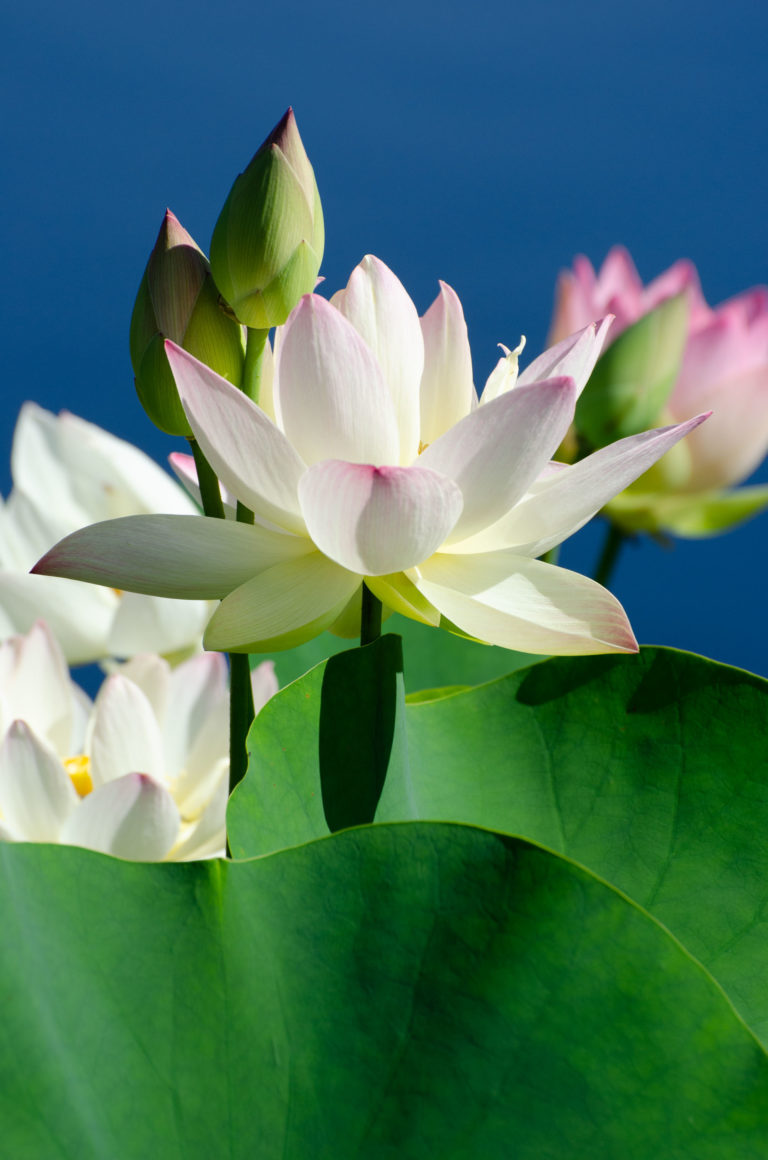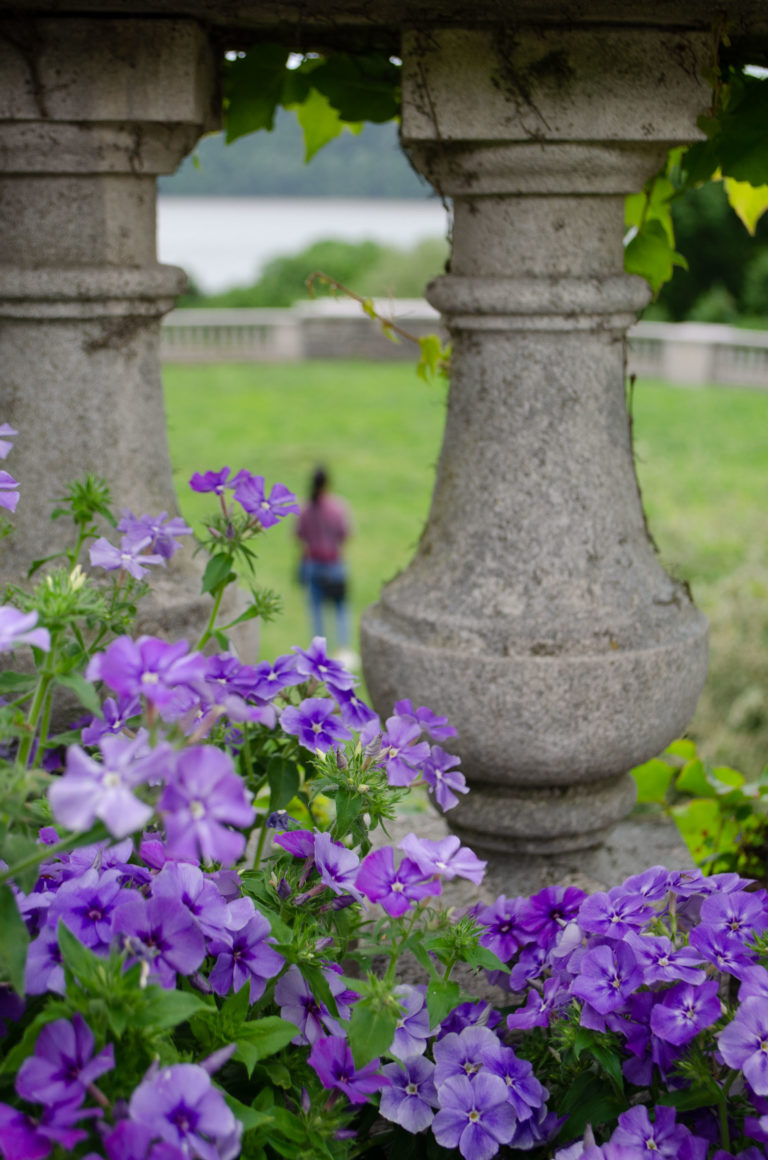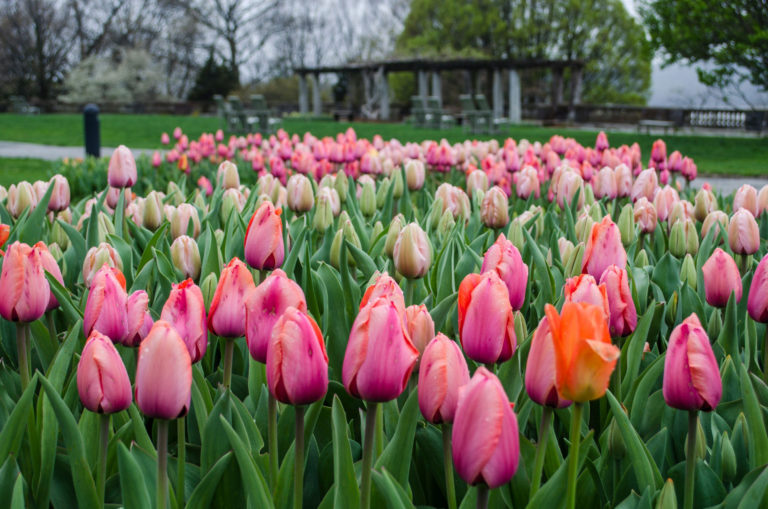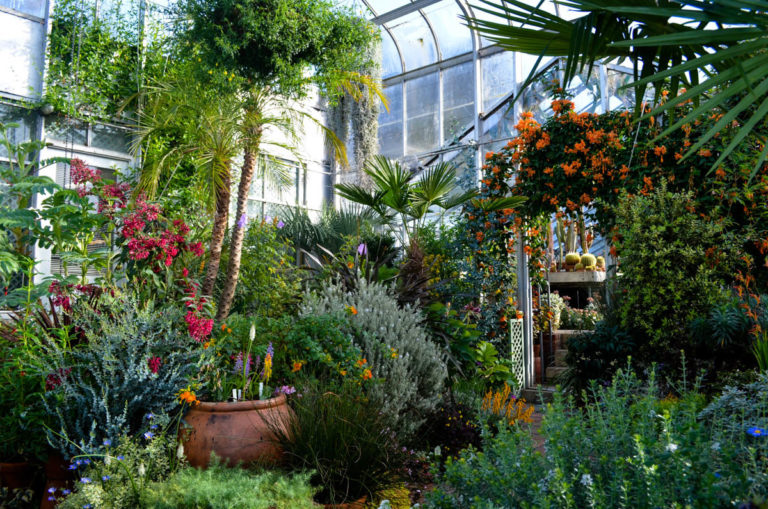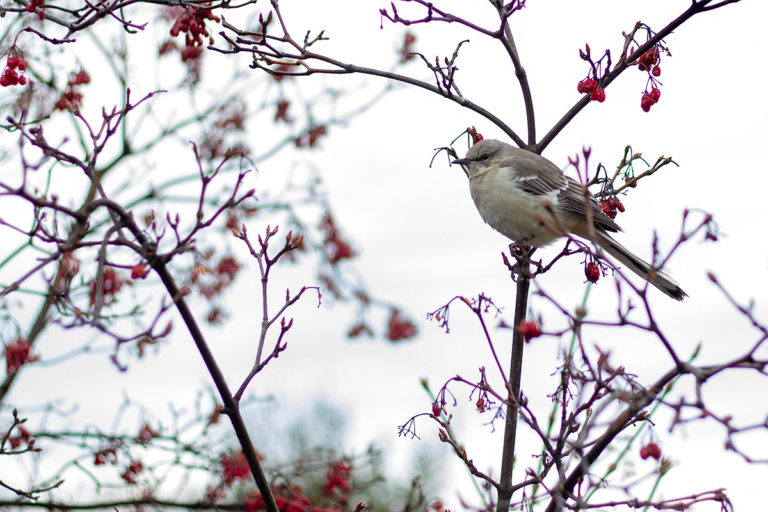
Winter Birds
January 28, 2021As I walk the trails and pathways through the gardens, checking plant labels, I enjoy the habits of winter birds as they chatter and dance alongside me. In the stillness of wintertime, the birds are obviously bustling.
Wave Hill’s diverse palette of plants is a rich habitat for birds in winter, providing food and shelter. Now, more than ever, these resources are important: a 2019 study discovered that since 1970 the number of North American bird species has decreased by 30%. A driving factor is habitat loss. That makes diverse green spaces such as Wave Hill’s ever more important. But no matter the array of plant species, birding hotspots are based on appetite and territorial personalities. Read on for some areas in the garden where you may pause to listen for birds singing or rustling in the foliage. You might be surprised by how many feathered friends are nearby.
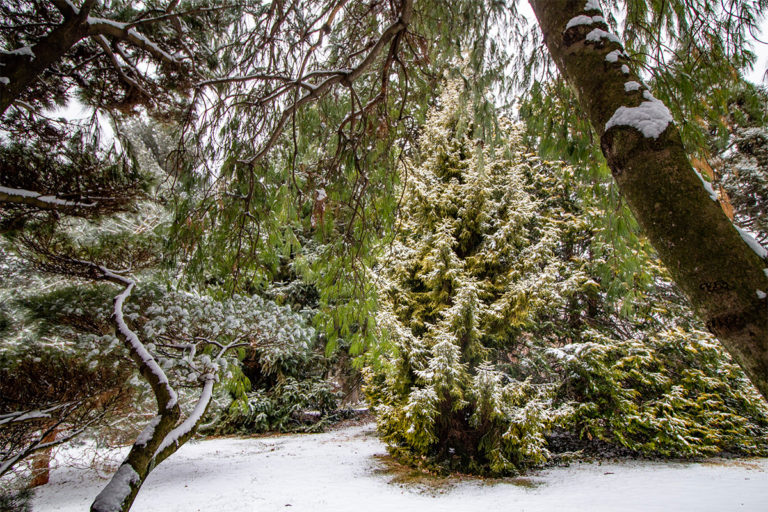
Conifer Slope
The northern cardinal (Cardinalis cardinalis), black-capped chickadee (Poecile atricapillus), blue jay (Cyanocitta cristata) and downy woodpecker (Dryobates pubescens) are species that prefer forest habitats, so the mature evergreens along the Conifer Slope—and near the woodland—make this a frequent destination. Our multi-feeder system, located nearby, makes this a hotspot for bird watching.
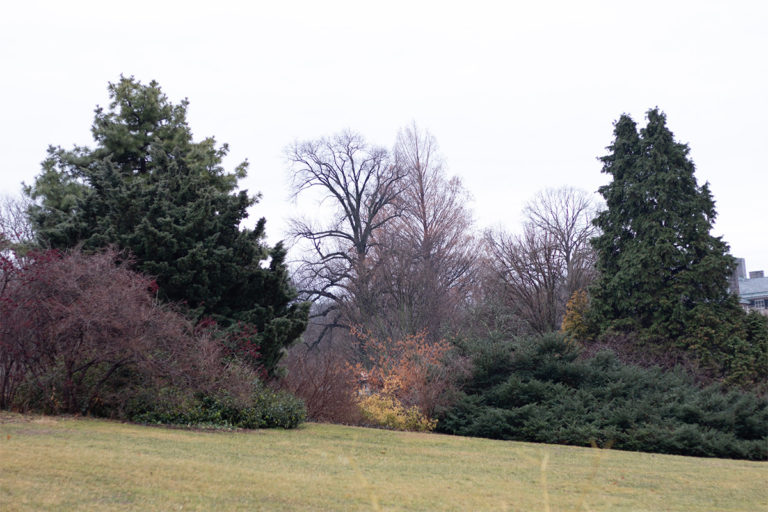
Lower Lawn
This area is dominated by house sparrows (Passer domesticus), who prefer to hang out near buildings—like the Perkins Visitor Center. Introduced to Brooklyn in 1851, this invasive species has become one of the most common birds in North America. Luckily, at Wave Hill there is plenty of food to go around. You can often see these sparrows devouring the seeds of a Virginia sweetspire cv. (Itea virginica 'Sprich').
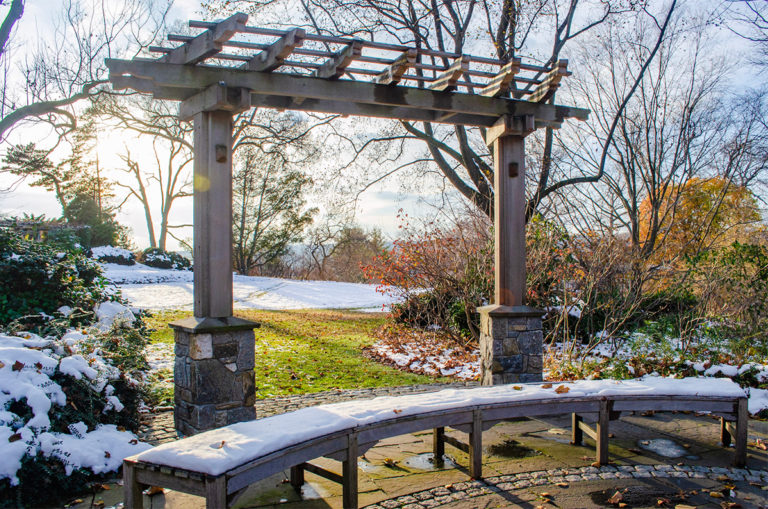
Shade Border
With several species of holly, this area teems with frugivores—birds that eat raw fruit, including the American robin (Turdus migratorius) and gray catbird (Dumetella carolinensis). Toward day’s end, look skyward into the canopy of the sweetgum (Liquidambar styraciflua) where you often see a roost of 100+ American robins, huddling together for warmth.
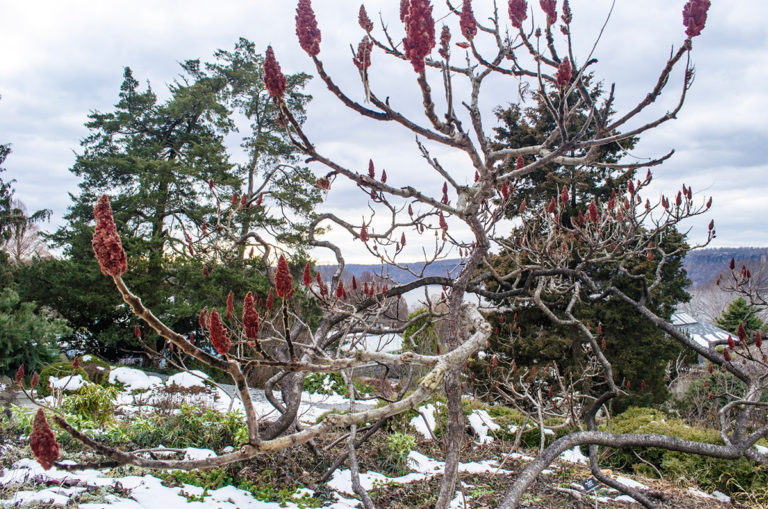
The Wild Garden
The Wild Garden is the domain of the northern mockingbird (Mimus polyglottos). A territorial songbird, it will persistently defend its home from other bird species. According to the Cornell Lab of Ornithology, this species sings all day into the night, from February into November, and can make up to 15 distinct calls.
Virtual Birding This Winter!
Virtual programs are keeping pace with the bird activity in the gardens. Don't miss Friday Instagram posts: Wave Hill’s favorite falconer Brian Bradley introduces a weekly raptor video. Or an eBirding workshop with Gabriel Willow. Or this year's Great Backyard Bird Count—come count at Wave Hill! A new winter bird map (pdf) points you to birding hot spots—pick up a copy in the Perkins Visitor Center, Wave Hill House or download it here. And a video featuring Wave Hill Educator Alyssa Bueno is a brief introduction to our bird feeders, a spot you’ll want to include when you visit.
Other bird species you may see during your winter visit include:
- Bald eagle (Haliaeetus leucocephalus)
- Red-tailed hawk (Buteo jamaicensis)
- American goldfinch (Spinus tristis)
- Mourning dove (Zenaida macroura)
- Dark-eyed junco (Junco hyemalis)
- White-throated sparrow (Zonotrichia albicollis)
By Jess Brey, Wave Hill's Ruth Rea Howell Senior Horticultural Interpreter.
